Honda Passport Vs Pilot: Which Honda SUV Suits Your Lifestyle Better?

Manufacturers are trying to carve out every single niche they can find in the murderously competitive SUV and crossover markets. Honda has a pair of pocket aces in the mid-size game, with two machines that share a lot in terms of powertrain but differ greatly in terms of image and attitude.
The newer of the two is the Honda Passport, which showed up in 2019, filling Honda’s lineup with yet another permutation of the tall-wagon theme. Seating for five and over eight inches of ground clearance mark this machine as the more adventurous of all its mates in the Honda family tree.
Honda’s well-established Pilot, on the other hand, is a stalwart in the three-row SUV category. Offering a cubic mile worth of practicality, it places emphasis on family hauling and sensible motoring.
Get a Quote on a New Honda Pilot or PassportWhich one is the better pick for your hard-earned dollars and which one suits your lifestyle better? Ride with us as we rank them both in eight different categories.
Honda Passport vs Pilot
Cabin Space
Passport: With seating for five, Honda’s newest vehicle allows for an equal 40.1 inches of headroom in both the front and rear seats. Legroom is listed at 40.9 inches for driver and front seat passenger with rear-seat minions enjoying 39.6 inches of legroom. It is worth noting that all trims other than the Sport are equipped with a moonroof, shaving 0.6 inches of headroom in the front row.
Pilot: Slightly over 40 inches of headroom is available in both the front and middle rows of the Honda Pilot, just like in its newer cousin. The optional moonroof intrudes just as rudely here as it does on the Passport. Legroom is a familiar 40.9 inches up front, 38.4 inches in the second row, and a diminutive 31.9 inches in the third row of seats. Yes, the Pilot does have a standard third row that holds up to three people—it won’t be very comfortable back there, but it’s OK in an emergency. The Honda Pilot’s second row can be optioned to have two captain’s chairs or a more traditional bench-style seat. Depending on how you option it, the Pilot holds a maximum of eight people.
Bottom Line: Total passenger volume is higher in the Pilot, of course, since it has a third row, allowing for a maximum of eight passengers depending on the type of seats your pick for the second row.
There is a slight but noticeable bump in second-row legroom for the Passport compared to the Pilot. Blame (or thank) the Pilot’s third row of seats for this discrepancy. If your family measures no more than two little ones, it would be a smart play to opt for the Passport. If you often carry more passengers, the Pilot is basically a minivan substitute for those that don’t want the actual-minivan Odyssey.
ALSO SEE: Honda CR-V vs Honda HR-V: Which Crossover is Right for You?Cargo Capacity
Passport: Behind its second row of seats, this new crossover can carry 41.2 cubic feet of detritus as measured by standard industry measurement, imaginatively called the SAE J1100. If one counts floor space between seating rows and seats in their forward-most and upright position, 50.5 cubic feet of room is available. This is the number Honda likes to tout, even if it may not be wholly practical. With the second-row stored, these measures increase to 77.9 and 100.7 cubes, respectively. There is also a handy under-floor storage area in the trunk that, as shown in the photo below, is deep enough to fit a whole sleeping bag.
Pilot: A total of 16.5 cubic feet of space is available to Pilot owners when they open the hatch and try to stuff items behind the third-row seat. Flipping the third-row into its flat position reveals 46.8 cubic feet as measured by the industry standard test or 55.9 cubic feet using the aforementioned creative gauge. With both rows folded, 83.9 cubes (or 109.0 with Honda’s measure) is opened up for storage.
Bottom Line: With the big differences in numbers between standard SAE measurements and Honda’s preferred “poke stuff in every crevice” approach—especially Passport’s big discrepancy—it is worth taking along a measuring tape on your test drive to make sure either of these rigs can actually carry what you want them to haul. Still, both crossovers are able to hold a whole bunch, and we doubt you’ll find yourself wanting more cargo room in either. If that is the case, a good roof box might do the trick for longer camping trips or road trips with more passengers.
SEE ALSO: Top 10 Best Cargo Carriers and Roof Boxes for Your CarTechnology
Passport: Honda Sensing safety technology is included as standard on all Passports and endows the vehicle with lane-keeping tools and adaptive cruise along with braking assists and forward collision warnings. Tri-zone climate control and remote engine start are standard in every trim as well. Snazzy infotainment touchscreens and wireless phone charging are available on high-zoot models. Apple CarPlay and Android Auto are also available, along with heated second-row seats, ventilated front seats, power tailgate, mobile hotspot capability, blind spot monitoring, cross traffic monitoring, cargo area tie-down anchors, bag hooks, capless fuel filler, second-row sunshades, automatic highbeams, premium audio system, quick charge USB ports, and more.
Pilot: A raft of tech found its way into the Pilot with its last refresh (in 2019). Gear like 4G LTE wifi keeps the kiddos happy while the Honda Sensing suite of advanced driver-assistance and safety technology keeps the driver sated. The latter is standard on all trims. CabinTalk tech, which allows front row occupants to use the Bluetooth mic to amplify their voice through Pilot’s rear speakers, is standard on the top trio of trims. With it, those ungrateful whelps seated astern are certain to hear you demanding they drop the iPad and look at the scenery for a minute.
Like the Passport, it’s available with Apple CarPlay and Android Auto, blind spot monitoring with cross traffic alert, power tailgate, wireless phone charging, auto high-beams, cargo tie-downs, bag hooks, capless fuel filler, second-row sunshades, fast charge USB ports, mobile hotspot capability. The Pilot has available HDMI interface and rear sear entertainment so you can plug in games or entertainment consoles, which the Passport doesn’t have.
Bottom Line: From a family perspective, the Pilot does have more toys for keeping the kids occupied and parents at ease. The Pilot also wins in the practicality department with its tech, as it smartly includes several power points and fast-charging 2.5A USB ports. This stuff makes a difference on a road trip.
ALSO SEE: 2019 Honda Pilot ReviewPowertrains
Passport: A single engine option is offered in the form of a 24-valve, 3.5-liter V6 producing 280 horsepower and 262 lb-ft of torque. All versions come equipped with Honda’s dandy nine-speed automatic.
Pilot: No matter how much cheddar you splash out on a 2019 Honda Pilot, one will find the familiar 3.5L V6 engine under it hood. Making the same 280 hp and 262 lb-ft of torque as the Passport, it is teamed with a—yep, you guess it—a nine-speed auto. Direct injection and active noise cancellation do their part put the clamps on fuel economy and refinement.
Bottom Line: With both big-boy Hondas now featuring nine-speed autos across the board, it’s a draw on that front. Strangely, despite having seats for more passengers, the three-row Pilot consistently weighs about 100 lb less than a comparably equipped two-row Passport. In the real world, however, that mass is easily substituted by a Costco run or the family dog.
Fuel Economy
Passport: This model makes it easy to compare fuel economy performance, as there is but a single engine and transmission combination across all trims. Two-wheel drive Passports are rated at 20 mpg in the city and 25 mpg on a highway cycle. Choosing to have power sent to all four wheels will ding fuel economy by a single mpg across the board.
Pilot: Now that the Pilot is running with the same transmission as the Passport across all its trims, it’s easier to compare the two. Stick to front-drive and the Pilot will score the same 20 mpg as its smaller sibling in the city, but its longer body helps it post 27 mpg on the highway. Adding AWD exacts a 1 mpg penalty here as well.
Bottom Line: Both cars share a 19.5-gallon fuel tank and run just fine on regular 87-octane fuel. The differences in rated efficiency are but a hair’s width, leading your author to call this one a draw.
ALSO SEE: 2019 Honda Passport Review and VideoCapability
Passport: Targeted at buyers with–or seeking to project–an active lifestyle, front-wheel-drive versions of the Honda Passport have 7.5 inches of ground clearance. Adding all-wheel drive jacks that number to a healthy 8.1 inches. Approach angle, the measure of attack allowed by a car’s front bumper, is about 20 degrees, but a craftily designed rear fascia allows for a steeper 27.6-degree departure angle.
Pilot: Measuring ground clearance is a simple task here, since all Pilots have 7.3 inches of the stuff, no matter if the vehicle has front- or all-wheel drive. Towing capacity is equal to that of the Passport for both drivetrains. Approach and departure angles hover around 20 degrees across the board.
Bottom Line: Those customers who feel their adventures will take them off the beaten path will want to pop for the Passport. Its greater ground clearance may offer some real-world advantages when your city’s snowplows fail to appear in time for the morning commute. Both of them incorporate Honda’s Intelligent Traction Management system with settings for snow, sand, and mud.
ALSO SEE: Where Is Honda From and Where Are Hondas Made?Style
Passport: Designed with an eye on styling cues that lend a rugged vibe, the Passport is offered with blacked-out grille treatments, a natty rear spoiler, and trim over its wheel arches that serve as some visual chicanery in terms of its actual height. Angry black wheels and twin lenses in the front bumper’s fog lamp area give this rig more visual gravitas than the Pilot.
Pilot: Grafting the Honda corporate grille, flanked with headlights featuring a boomerang of LED mascara, onto the Pilot creates a blunt but handsome face that tries to be more elegant than the Passport. Last tweaked in 2019, the Pilot won’t set the neighbors talking, but neither will it set anyone’s aflame with desire.
Bottom Line: Of the two, Passport’s more purposeful styling decisions appeal to these jaundiced eyes, although its tail lights are like the Grinch’s heart – two sizes too small. Credit the black trim and extra ride height for allowing the Passport to avoid the family minivan vibe projected by the Pilot.
Pricing
Passport: If you’re thinking the two-row Passport is cheaper than the three-row Pilot simply because it hosts fewer passengers, you’ll have to think again. Its Sport model sets a starting price of $33,965 including destination, $240 more than the Pilot. However, the Passport occupies a thinner slice of the pricing spectrum, with high-spec all-wheel drive Elite models topping out at $45,355, a solid $6,000 less than the most expensive Pilot.
Pilot: Base LX trims start at just $33,725 including destination, a competitive price in the cutthroat three-row SUV segment. Models with leather seats and a rear entertainment system for the kiddos easily surpass the $40,000 mark. Selecting the top-dog Black trim nudges the pricetag to a fulsome $51,395.
Bottom Line: Like-for-like, especially if you seek fancy options like leather seats, the Passport will be cheaper than a similarly optioned Pilot. Note that adding all-wheel drive to either the Passport or Pilot pads the price tag of a 2WD model by $2,000.
The Verdict: Honda Passport vs Pilot
There’s little doubt as to the missions of each vehicle. The Passport is aimed at couples or small families who want a rig with off-road pretensions and a slightly aggressive style. The Pilot targets larger families with its three rows of seats and raft of keep-em-busy technology. Both hold appeal and are apt to perform equally given that their drivetrains are virtually identical. Their personalities though, like some fraternal brothers, are definitely different.
If you have a smaller family of two kids or have an empty nest, the Passport will be a great pick. If you have a larger family or younger kids who need to be kept entertained while out on the road, the Pilot is the better pick.
Check out our video reviews on these two Honda crossovers:
Discuss this article on our Honda Passport Forum

Living in rural Canada, Matthew has immersed himself in car culture for over 30 years and relishes the thought of a good road trip. A certified gearhead, he enjoys sharing his excitement about cars and is very pleased to contribute at AutoGuide. Matthew is a member of Automotive Journalists Association of Canada (AJAC).
More by Matthew Guy



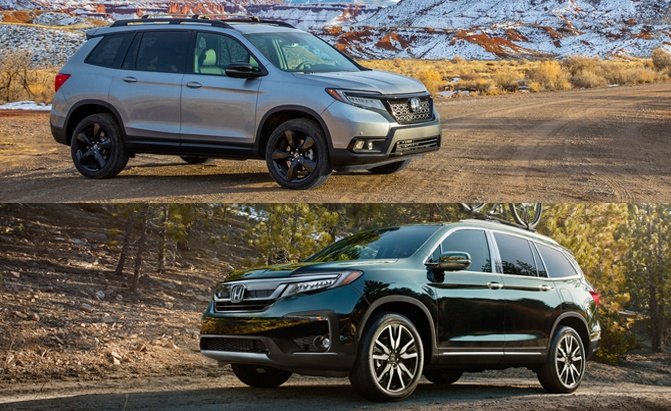

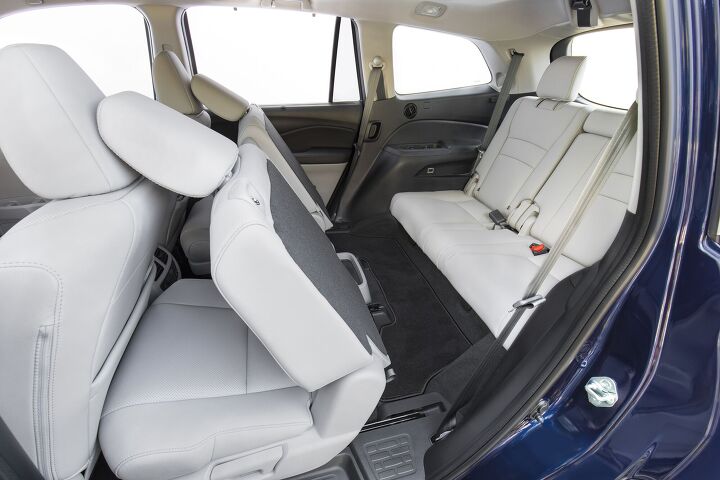


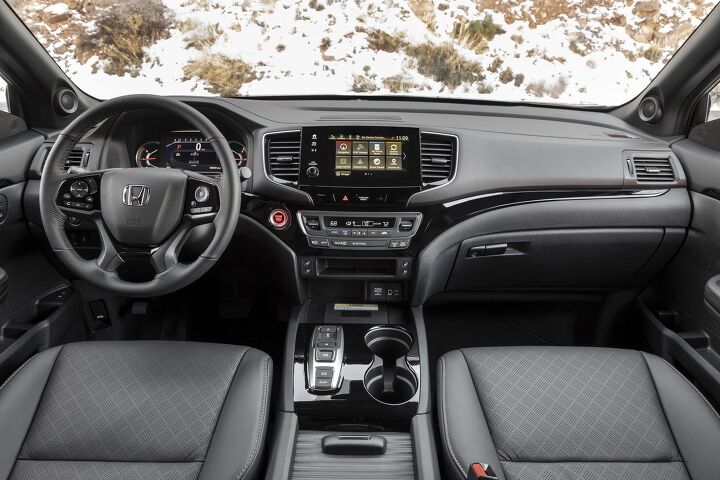






















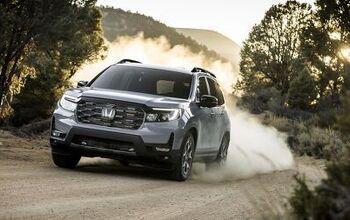


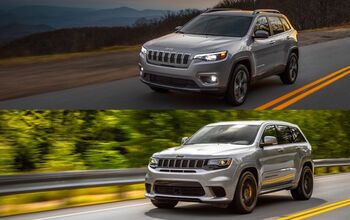


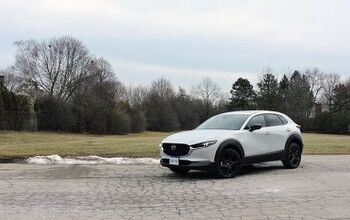



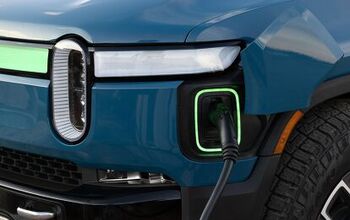
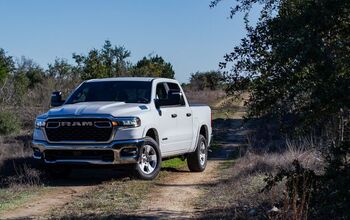

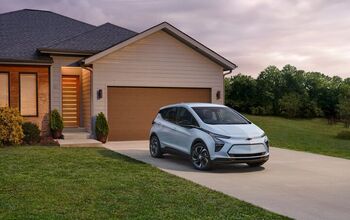

Comments
Join the conversation